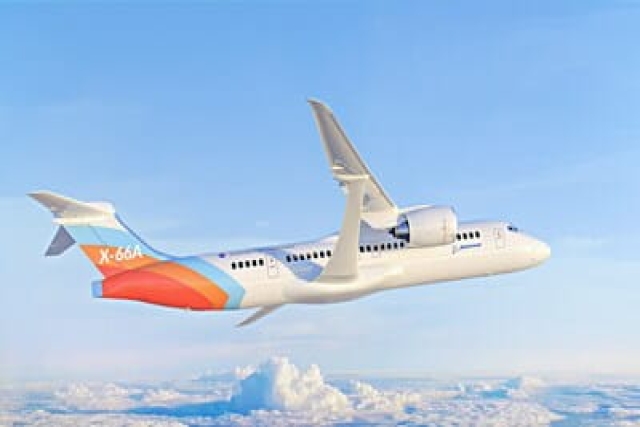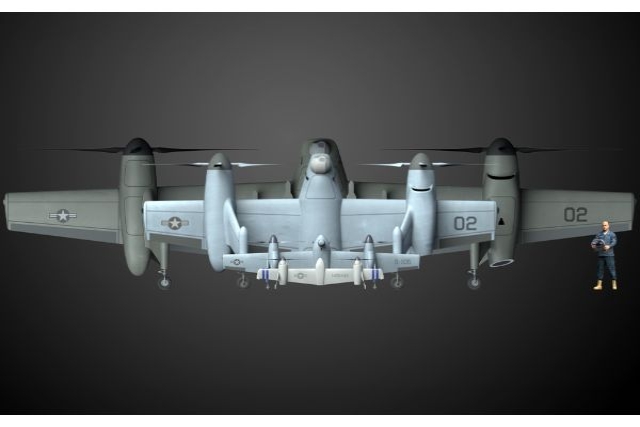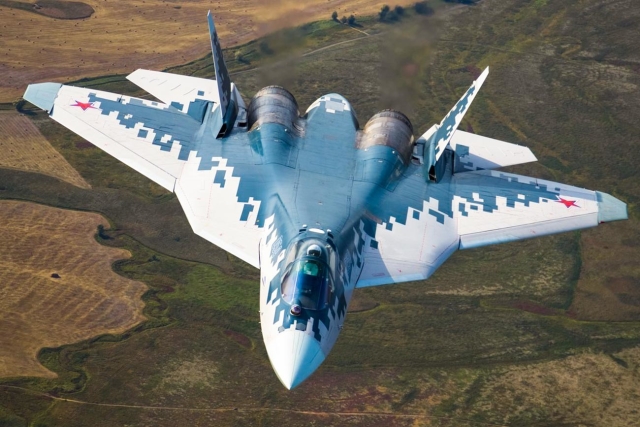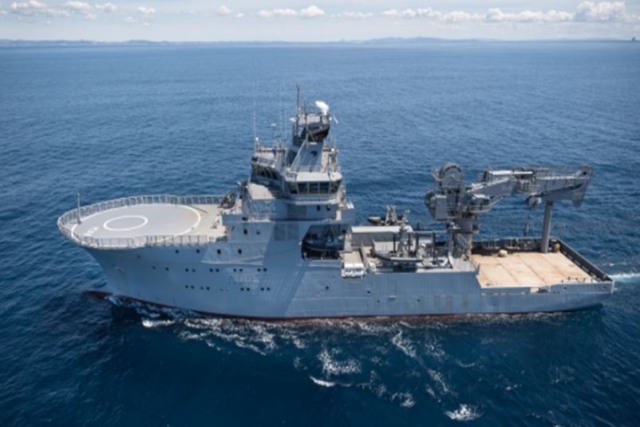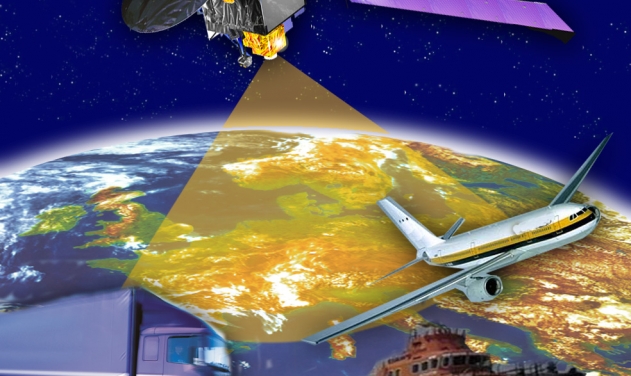Boeing Initiates X-66 Sustainable Flight Demonstrator Modification
X-66 project aligns with NASA's commitment to achieving net-zero aviation greenhouse gas emissions

Boeing has initiated a comprehensive modification process on an MD-90 aircraft, marking the commencement of the X-66 Sustainable Flight Demonstrator (SFD) project.
In collaboration with National Aeronautics and Space Administration (NASA), the modification involves the removal of engines and the implementation of 3D metrology scans to guide the aircraft's design and construction.
The MD-90's original wings are slated for removal to facilitate testing of the Transonic Truss-Braced Wing (TTBW) design, featuring ultrathin wings supported by struts with larger spans and higher-aspect ratios. The TTBW's broader wing span and enhanced aerodynamic efficiency are purported to offer potential advancements in reducing fuel consumption and emissions.
Boeing's X-66 project aligns with NASA's commitment to achieving net-zero aviation greenhouse gas emissions. Anticipated ground and flight testing for the X-66 is scheduled to commence in 2028.
A time-lapse video released by Boeing showcases key milestones in the modification process, including the extraction of engines and thrust reversers, as well as the jacking and shoring of the aircraft to replicate its condition during the full modification process. The use of 3D laser scanning on the aircraft structure will inform Boeing's 3D modeling efforts, aiding in the integration of X-66 components and facilitating the early identification and mitigation of potential risks.
Boeing's recent steps signify the early stages of constructing the X-66A. While these initial modifications are underway, the X-66A is not expected to be ready for ground and flight testing until 2028.
